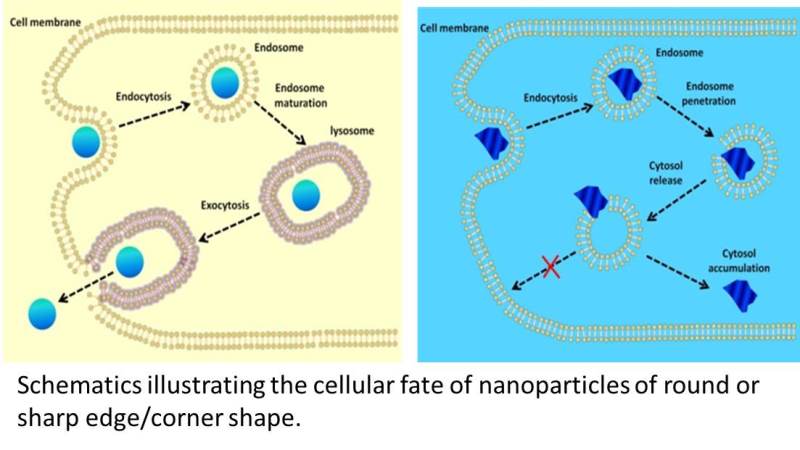Project 1: Developing three dimensional architectures for Li-ion batteries

In lithium ion batteries (LIBs), electrode materials are usually loaded on the surface of two-dimensional (2D) metal current collectors via roll coating methods. In recent years, developing three-dimensional (3D) architectures for LIBs has attracted much attention. Compared to the 2D architectures, the 3D ones offer increased hosting area for the active electrode materials. Additionally, 3D architecture helps to reduce the diffusion path for charge carriers, leading to improved electrode performance and also with higher mass loading in most cases. In this project, several 3D nanostructured composites e.g. LiFePO4-reduced graphene oxide, Fe3O4-graphene, will be designed and investigated as LIB electrode.
Project 2: Searching anode materials for Na-ion batteries

Na ion batteries (NIBs) are promising alternatives for Lithium ion batteries (LIBs) mainly due to the Na abundance and low cost. Despite of many similarities between NIBs and LIBs, including the choices of electrode materials, electrolyte, and cell configurations etc., the development of NIBs is hindered by the availability of effective anode materials. In this project, we will explore different material systems for the anode development of NIBs.
Project 1: Interaction of Nanoparticles with cells¡ªinvestigating the effect of material parameters on the function of cellular machinery

Interaction between nanoparticles (NPs) and cells, in particular, the cellular fate of the NPs, is the most critical in determining not only their cytotoxicity, but also their bio-applications ranging from subcellular sensing to nanomedicine.
In this project, we focus on the effect of different material parameters (e.g. size, shape, surface chemistry, charge, etc.) on the physiological response of the cells. A recent example is the shape effect of nanoparticles. We found that nanoparticle with sharp shapes, regardless of their surface chemistry, size, or composition, could pierce the membranes of endosomes that carried them into the cells and escape to cytoplasm, which in turn significantly reduced the cellular excretion rate of the nanoparticles.
Project 2: Quantum sensing using nanodiamond

Nanodiamonds (NDs) have easy cellular uptake and fast endosome escape. It also associates with low cytotoxicity. On the other hand, the nitrogen-vacancy (NV) centers in ND enable the room temperature detectable optically signals that are sensitive to environmental factors affecting its spin state determined electronic structures. These features make ND a good candidate for intracellular sensing.
In this project, we try to understand the interaction between ND and cells, surface functionalize the ND probes, target the NDs to specific intracellular organelles, track the intracellular trafficking of NDs, and sense the intracellular changes (such as temperature, radicals, and other factors that can directly or indirectly affect the spin states of NV centers in the ND probe) using optically detected magnetic resonance (ODMR).
